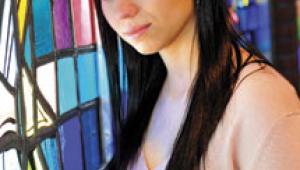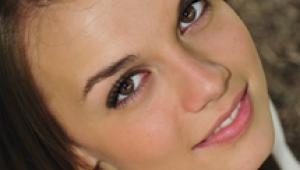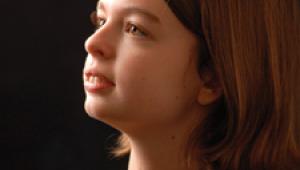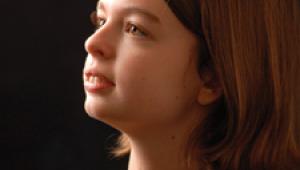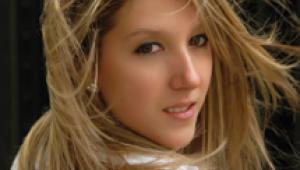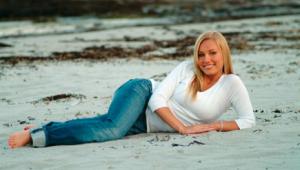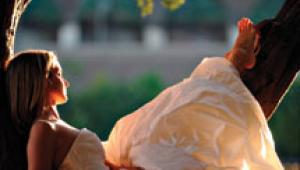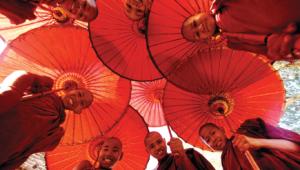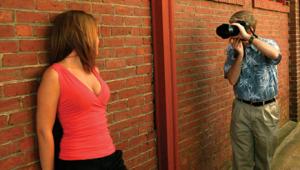Light is an essential factor to consider when making portraits. - Ellerslie Training
The Studio Portrait
One Light, Many Options
| I feel most at home in the studio. Everything I need is right there. Right where it should be--and right when I need it. If it's raining outside, and I want it sunny in my studio, it's sunny. And if it's sunny outside and I want it raining in my studio, then we darn well make rain! I've created everything from Hawaii to the Grand Canyon all in the comfort of my studio. That's the beauty of studio work--you get to play the "big guy." My first studio was my parent's basement in Washington, DC. My second studio was (appropriately) a small studio apartment on 16th Street in DC. The studio was so small that I didn't let my first commercial clients come to the sessions. I "coved" the ceiling and the floor with white seamless paper, and heck, by the time they got the film, they thought I had shot the setup on a soundstage. In the studio, you're only limited by your imagination and technique. You've got to know what you're doing€and the only way to get there is to keep on shooting! I finally graduated to studios that were (indeed) the size of soundstages, or almost, and big is better. It's great to have a few different sets going at the same time--a few different backgrounds, with different propping--particularly when you're working multiple sessions for multiple clients. Make no mistake, it may seem easier to work outdoors, but it's really not. I don't like having to deal with Mother Nature: trying to control too much light or too little light, or trying to get a decent exposure while the sun's darting in and out of the clouds. And remember, perhaps the greatest thing about studio work is that you get to direct the light to your subject. If you don't like the lighting angle or its quality you simply adjust the light in the studio. Outside you've got to adjust and turn your subject to the light (since it's difficult to move the sun€at least without the help of a few good reflectors and some very talented assistants). I'm often asked how many lights I use in my studio sessions. The answer--just as few as I can get away with! I'm a believer that less is more. But if a session needs a half dozen lights, you'd better know how to use them. The more lights, the more complexity and the more chances for a foul up. So let's look at some simple clean stuff, all of which were made with but a single light€ I'm a believer in no rules, save one: That it's always "somebody else" who determines if your work is a success or failure. Meaning, you're good if your clients come back a second time! See you next month! |
- Log in or register to post comments

